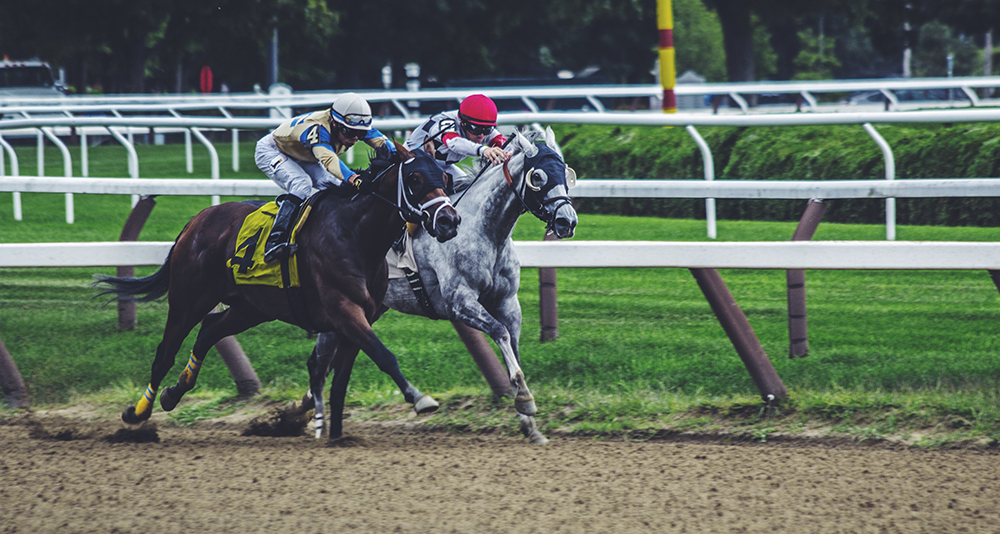
“We are aware of the risk of low interest rates encouraging too much borrowing and driving excessive asset valuations.”
“There is a concern that we could be getting close to a crossover point where what has been a good thing may not be such a good thing in the future. There is no precise point for that crossover we are just trying to judge it carefully both here and overseas.”
His views echo those of US Federal Reserve chairman Jerome Powell, who said that business debt and asset prices were becoming serious issues worth closer monitoring.
“We do see asset valuations as being somewhat elevated,” Mr Powell said after the Fed’s rates decision last week. “If you look at [price-earnings ratios] theyre high. Business debt has been moving up. Weve been calling that out for more than a year … and its something were focused on, and were monitoring carefully,”
In his address to the National Press Club, Dr Lowe said that internationally, “there are increased concerns about the effect of very low interest rates on resource allocation”.
“It’s an issue domestically too. We are watching trends in debt carefully. There are pockets like the leverage loan market in the US where there is a greater willingness to take risk and the regulatory communities are concerned about that.”
The comments come amid signs that credit growth is picking up as house prices surge back.
Loans to owner-occupied borrowers have increased 20 per cent since house prices bottomed out eight months ago, according to UBS, while loans to property investors are up 10 per cent over that period.
House prices in Sydney are up 5.6 per cent in the last three months while Melbourne has risen 4.9 per cent.
The house price recovery comes as a reversion to low rates fuelled asset price rises across the world.
The S&P/ASX 200 on January 2020 hit an all-time high, although concerns about the extent of the coronavirus on economic growth have led to a pullback.
The price-to-earnings ratio of the S&P/ASX Industrials index, which excludes banks and property trusts, reached 19.3 times, its highest level since 1960.
Low rates have also reignited a global search for yield in the debt markets, which Dr Lowe said global regulators were monitoring closely.
There have been a lot of corporates issuing low-rated debt with quite weak covenants, so there is a lot of concern that this market could be exuberant.
Last year’s cuts defended
Dr Lowe also used his speech at the National Press Club in Sydney on Wednesday to defend the bank’s three rate cuts last year, saying they did not hurt consumer confidence but strengthened household balance sheets and boosted consumption.
“I hear frequently the Reserve Banks decision to cut interest rates last year dented consumer confidence and that this is what lies behind the weak consumption growth,” he said.
“My judgment is that if the Reserve Bank had not eased monetary policy last year, this adjustment by households would have been harder, the balance sheet repair would have been more difficult, and the economy would have been weaker.
“I certainly understand that having interest rates at very low levels has unsettled some people. But I dont accept the idea that this is what is driving weak consumption. There is something deeper going on.”
Rate cuts still possible
The governor said further interest rate cuts would be made if the speed of progress in reducing unemployment, lifting inflation and combating the effects of bushfires and the coronavirus were not fast enough.
Dr Lowe said the bank’s board had considered further rate cuts to rev up the pace of achieving its targets on unemployment and inflation.
“The board has, however, continued to discuss the merits of further monetary stimulus in an effort to speed the pace of progress and to make it more assured,” he said.
“If the unemployment rate were to be trending in the wrong direction and there was no further progress being made towards the inflation target, the balance of arguments would change.
“In those circumstances, the board would see a stronger case for further monetary easing.”
Dr Lowe said the bushfires would slice off around 0.2 percentage points across the combined December and March quarters before a reconstruction effort would trigger a rebound in economic activity, maintaining the bank’s forecast of 2.75 per cent growth through 2020.
“In assessing the impact of this on the Australian economy as a whole we have taken into account that there will be a material rebuilding effort and that government grants and insurance payments will assist many people.
“On this basis, our assessment is that GDP growth for 2020 as a whole will be largely unaffected,” Dr Lowe said.
He said it was still too early to tell what the hit from coronavirus would be, but that it could be more significant than the 2003 SARS virus.
“China is a larger part of the global economy and it is more closely integrated, including with Australia, so the international spillovers could be larger than they were back in 2003,” Dr Lowe said.
“Much will depend on the success of the various efforts to control the virus so we are monitoring developments closely.”
Business got to invest
Dr Lowe also repeated his message to business and government that more effort needs to be taken to invest.
“As I have said on other occasions, low interest rates should make it easier for both the public and business sectors to contemplate long-term investments, given that future returns dont need to be discounted as much,” Mr Lowe said.
“They also mean that financing costs are lower. With interest rates at record lows and likely to remain low for quite some time there are plenty of opportunities here.”

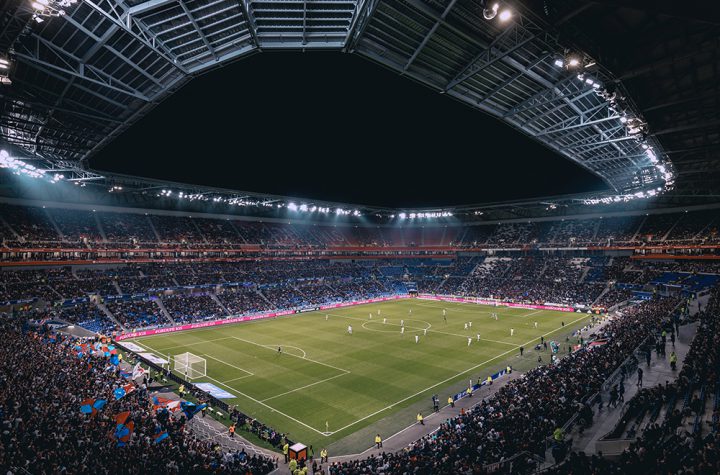
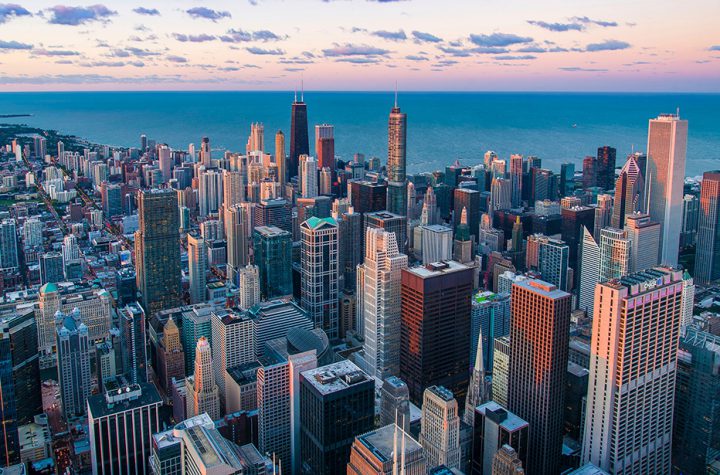
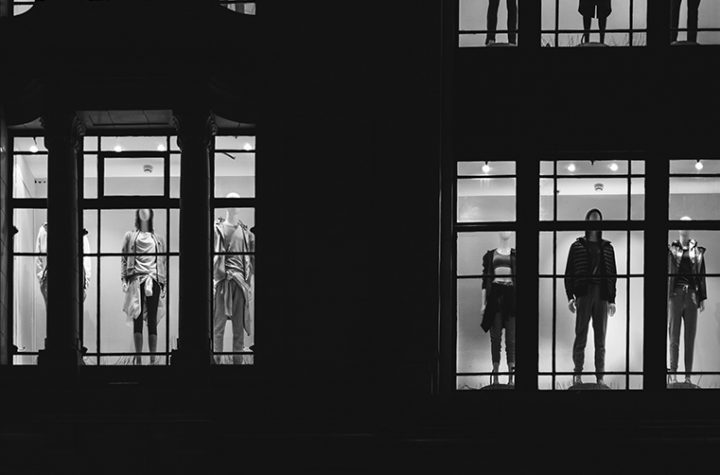
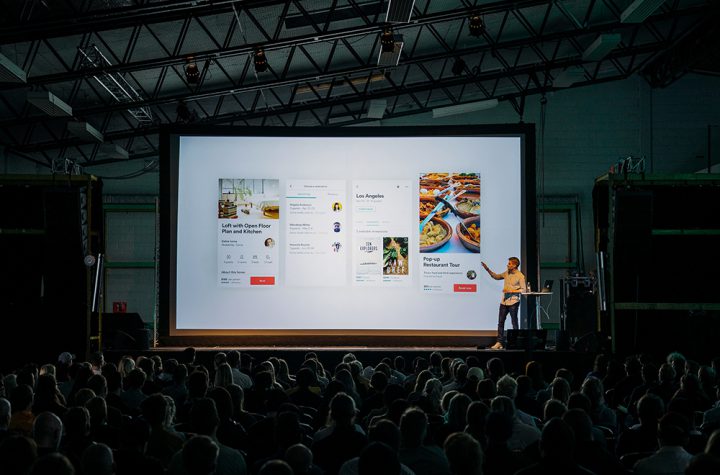
More Stories
US star Megan Rapinoe tells BBC Sport about how taking a knee jeopardised her international career, and what the future holds for women’s football.
Australia’s corporate watchdog is in limbo as the Morrison government awaits the Thom review before deciding the fate of both ASIC and its chairman, James Shipton.
Researchers at Columbia Engineering found that alkali metal additives, such as potassium ions, can prevent lit